- No products in the cart.
Frinozol nasal spray 15ml
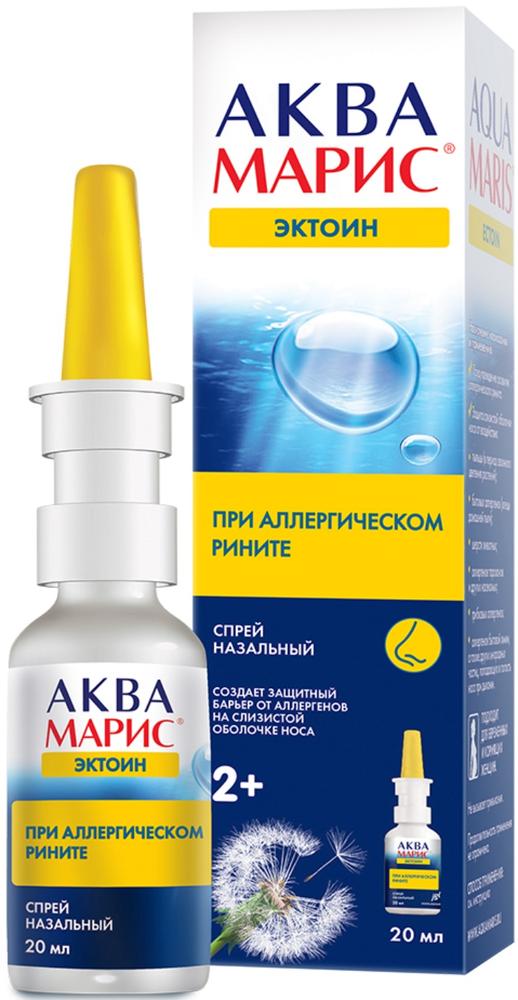
Aqua Maris ectoine nasal spray for the prevention and treatment of allergic rhinitis 20ml
$10.19

Suprastin tab 25mg 20 pc
$2.72
$5.90
Frinozol nasal spray 15ml
Description
Composition
Active substance:
Phenylephrine hydrochloride – 2.5 mg of cetirizine dihydrochloride – 2.5 mg;
Excipients:
glycerol – 40.0 mg Sodium phosphate (anhydrous) – 2.5 mg of potassium dihydrogen phosphate – 1.5 mg Disodium edetate – 0.2 mg benzalkonium chloride solution 50% – 0.1 mg per 100% purified water – up to 1 ml.
Description:
Transparent colorless or light yellow solution.
Product form:
Nasal spray.
15 ml vial of plastics (high density polyethylene) with a spray for nasal application.
Each vial together with instructions for use in a stack of cardboard.
Contraindications
– hypersensitivity to phenylephrine, cetirizine or other components of the formulation;
– atrophic rhinitis;
– receiving monoamine oxidase inhibitors (simultaneous or prior 14 days);
– closure glaucoma;
– Children up to age 18 years (data on efficacy and safety are absent in children);
– pregnancy, breast-feeding.
Be wary – cardiovascular diseases, including hypertension, arrhythmia, generalized atherosclerosis;
– hyperthyroidism;
– prostate adenoma;
– Chronic renal failure;
– elderly age;
– Patients with increased seizure activity;
– angina;
– diabetes;
– bladder neck obstruction (e.g. due to prostatic hypertrophy);
– epilepsy;
– patients with severe reactions to sympathomimetics, manifested as insomnia, dizziness, tremor, cardiac arrhythmias, or increase in blood pressure (as in the case of any local vasoconstrictors).
Dosage
2.5 mg + 2.5 mg / ml
Indications
– acute rhinitis (including the “common cold” diseases);
– allergic rhinitis (including those with hay fever);
– vasomotor rhinitis;
– chronic rhinitis;
– acute and chronic sinusitis;
– acute otitis media (as an auxiliary method of treatment);
– Preparation for surgical interventions in the nose area and the elimination of edema of the mucous membrane of the nasal cavity and paranasal sinuses after surgery in this area.
Interaction with other drugs
You should not use the drug in conjunction with tri- and tetracyclic antidepressants, beta-blockers, inhibitors of monoamine oxidase (procarbazine, selegiline), maprotiline, guanedrelom, guanethidine.
Thyroid hormones in systemic absorption of phenylephrine increase (each) the associated risk of coronary heart disease (particularly in coronary atherosclerosis).
Overdose
Very low systemic absorption of the drug when applied topically overdose makes practically impossible.
symptoms
If you accidentally single oral cetirizine 50 mg may occur: confusion, diarrhea, dizziness, fatigue, headache, malaise, mydriasis, pruritus, restlessness, fatigue, sedation, somnolence, stupor, tachycardia, tremor, urinary retention.
Overdosing can manifest phenylephrine arrhythmias, high blood pressure, arousal.
Treatment
Gastric lavage or stimulation emesis appointment of activated carbon, the receiving of large amounts of fluid; supportive and symptomatic therapy. No specific antidote. Hemodialysis is ineffective. In case of overdose, seek medical attention.
pharmachologic effect
Pharmacological group:
Antiallergic agent combination (H1-histamine receptor blocker + alpha-agonists).
Pharmacodynamics:
Combined preparation for topical intranasal administration for the treatment of the symptomatic and pathogenetic having vasoconstrictor and an antiallergic action.
Phenylephrine is an agonist of the alpha-1-adrenergic receptors (a sympathomimetic) causes vasoconstriction of nasal mucosa, reduces edema, and mucosal tissue hyperemia, congestion in the mucosa of the nasal cavity. Regeneration air permeability nasopharynx improves patient health and reduces the risk of possible complications caused by stagnation of mucous secretions.
Cetirizine – blocker H1-histamine receptor has anti-allergic effect, reduces the permeability of the capillaries, prevents oral mucosal edema of the nose and paranasal sinuses.
The preparation includes auxiliary humectant glycerol, promoting retention of moisture, which helps to ensure wetting with dryness and irritation of the nasal mucosa.
Pharmacokinetics:
The preparation is intended for topical intranasal administration, and its activity is not dependent on active substance concentration in the blood plasma.
Pregnancy and breast-feeding
Due to the lack of data the use of the drug is contraindicated in pregnancy and during breastfeeding.
Conditions of supply of pharmacies
Without a prescription.
side effects
Cetirizine in combination with phenylephrine as a spray at therapeutic doses is well tolerated, but the following side effects can be observed.
Classification of the incidence of side effects according to the recommendations of the World Health Organization (WHO):
often> 1/10;
often by> 1/100 to
infrequently by> 1/1000 to
rarely from> 1/10000 to
very rarely
frequency is unknown – the available data establish the occurrence frequency is not possible.
Blood disorders and lymphatic system:
very rare: thrombocytopenia.
Violations by the immune system:
rare: hypersensitivity reactions;
very rare: anaphylactic shock.
Metabolic disorders and nutrition:
the frequency is unknown – increased appetite.
Mental disorders:
rarely – excitement;
rare – aggression, confusion, depression, hallucinations, sleep disturbance;
very rarely – tick;
the frequency is unknown – suicidal ideation, sleep disorders (including nightmares).
Disorders of the nervous system:
rarely – paresthesia;
rarely – seizures;
very rarely – dysgeusia, dyskinesia, dystonia, fainting, tremor;
frequency is unknown – headache, dizziness, memory impairment, including amnesia, deafness.
Violations by the organ of vision:
very rarely – a violation of accommodation, blurred vision, nystagmus;
the frequency is unknown – vasculitis.
Violations by the organ of hearing and labyrinth:
the frequency is unknown – vertigo.
Violations of the heart:
rarely – tachycardia;
the frequency is unknown – arrhythmia.
Violations by vessels:
frequency is unknown – blood pressure.
Gastrointestinal disorders:
rarely – diarrhea.
Disorders of the liver and biliary tract:
rarely – liver failure with a change in liver function tests (increased transaminases, alkaline phosphatase, gamma-glutamyl transferase and bilirubin).
Violations of the skin and subcutaneous tissue disorders:
seldom – rash, itching;
rarely – urticaria;
very rarely – angioedema, erythema drug resistant.
Violations by the muscular, skeletal and connective tissue disorders:
Frequency not known: arthralgia.
Violations of the kidneys and urinary tract:
very rare: dysuria;
frequency is unknown: urinary retention.
General disorders and reactions at the injection site:
rarely – fatigue, malaise;
rarely – discomfort in the nose, dry or burning sensation in the nose, stinging, sneezing; nose bleed. Benzalkonium chloride, part of the drug may cause irritation of the nasal mucosa;
frequency is unknown – redness and swelling of nasal mucosa, mucous and watery discharge from the nose, nasal breathing difficulty.
special instructions
The drug should not be used continuously for more than 7 days. Long term or excessive use may cause tachyphylaxis effect and “rebound” associated with the re-development of nasal congestion (rhinitis medicamentosa), lead to the development of systemic vasoconstrictive action.
As with other vasoconstrictors, should not exceed the recommended dose. Otherwise, it may develop systemic manifestations of the drug, especially in elderly patients.
Do not apply phenylephrine to patients within 2 weeks after discontinuation of monoamine oxidase inhibitors, as they can increase the severity of the effects of adrenergic sympathomimetic agents and increase the risk of side effects of the cardiovascular system.
The drug is intended for topical intranasal application.
Effects on ability to drive vehicles and mechanisms
Caution should be exercised in the management of vehicles and mechanisms, as well as performing other activities that require concentration and psychomotor speed reactions, as when using the drug there is a possibility of dizziness.
Storage conditions
Store in a dark place at a temperature not higher than 25 ° C
Keep out of the reach of children.
Dosing and Administration
Intranasally.
Adults The recommended daily dose – 1-2 injections in each nostril 2-3 times a day.
The drug should not be used continuously for more than 7 days.
The vial should be held vertically upward spray. Tilt your head, put the bottle tip into the nostril, 1 time short sharp movement, click on the sprayer. During injection it is recommended to make an easy breath through the nose.
nasal passages should be thoroughly cleaned prior to administration of the drug.
Information
Appearance may differ from that depicted in the picture. There are contraindications. You need to read the manual or consult with a specialist
Additional information
| Weight | 0.100 kg |
|---|---|
| Manufacturer | VERTEX |

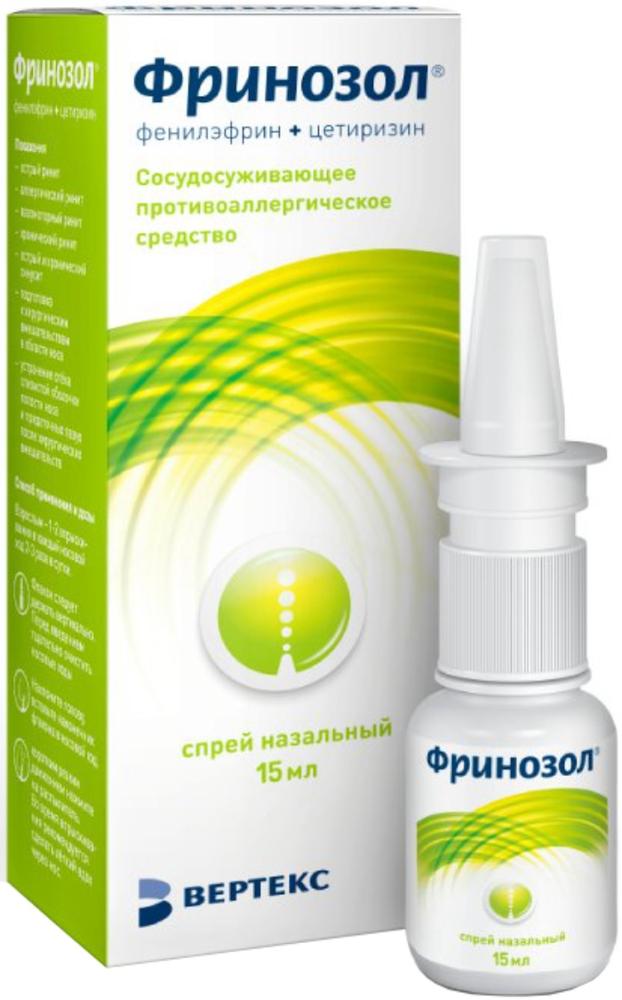
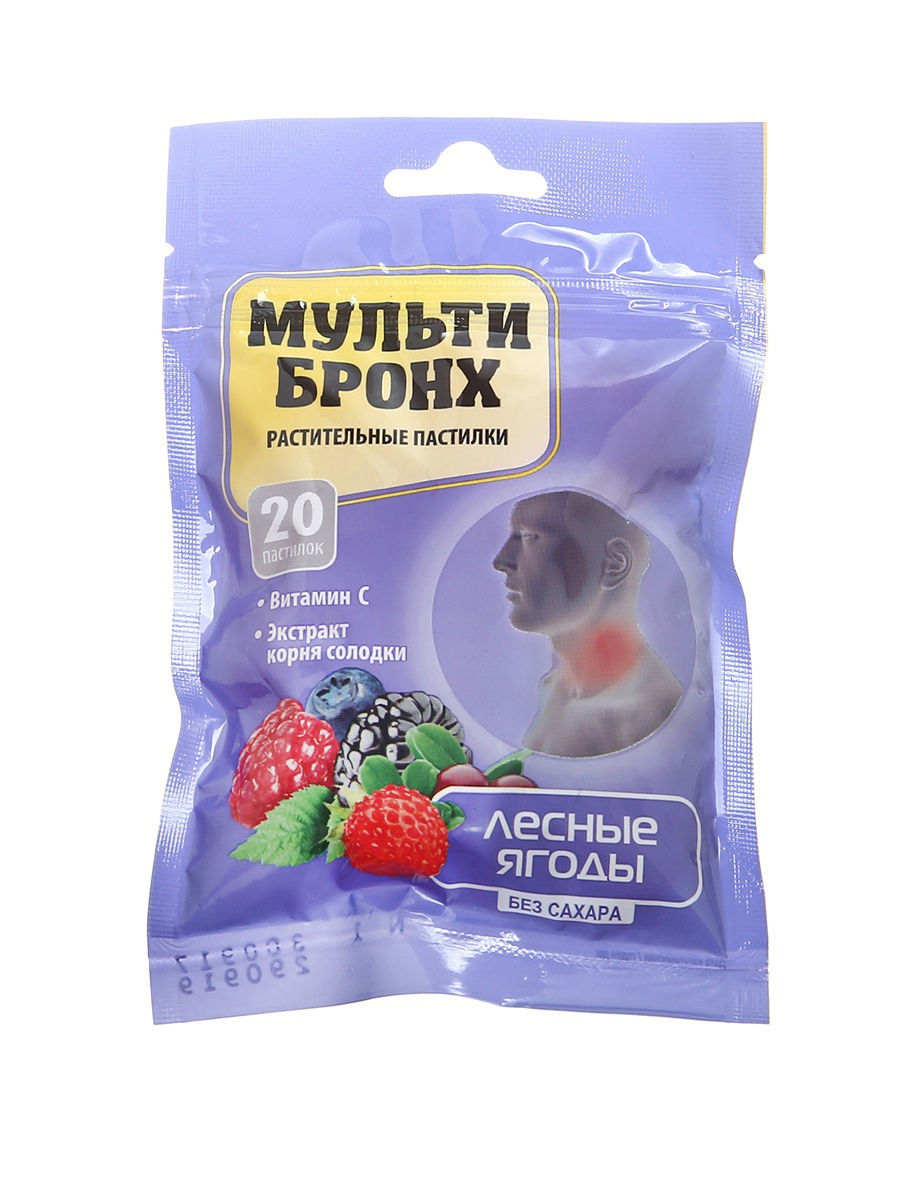
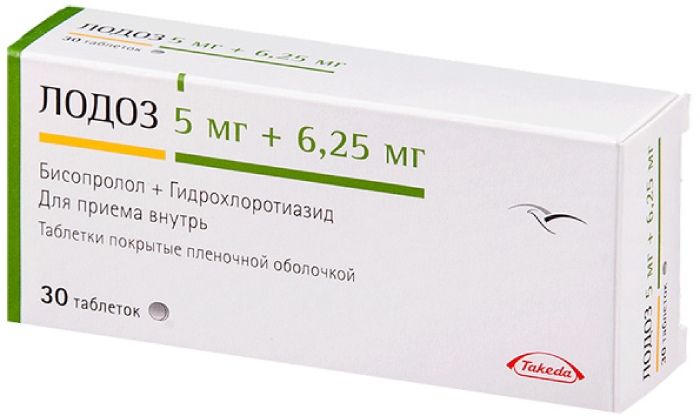


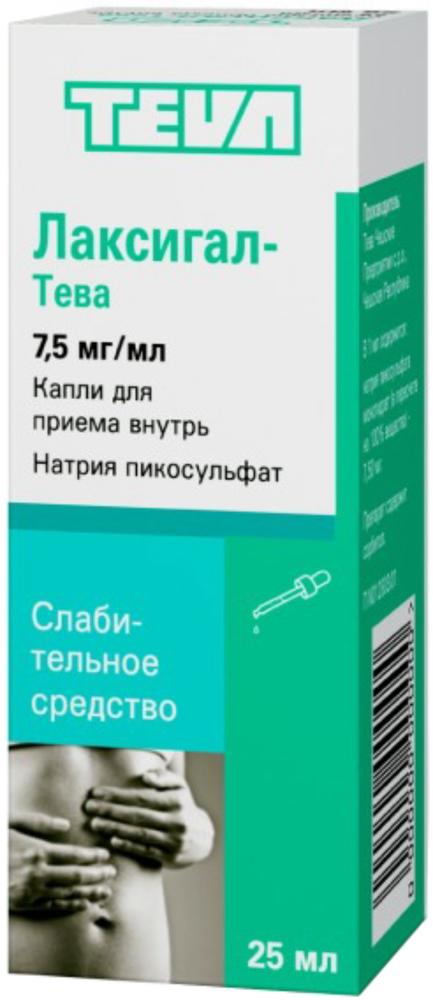
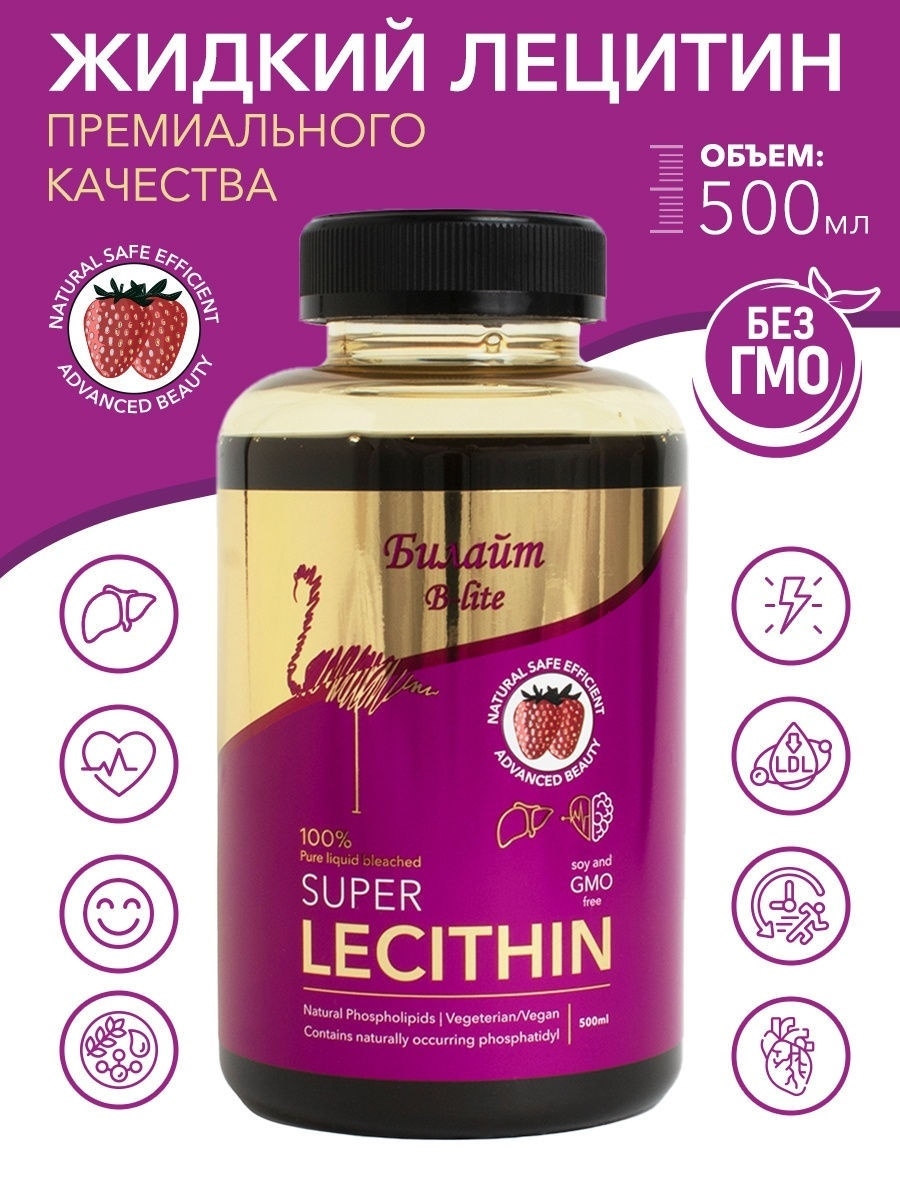



There are no reviews yet.